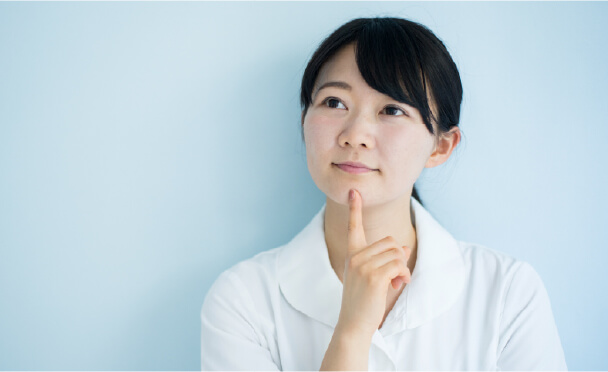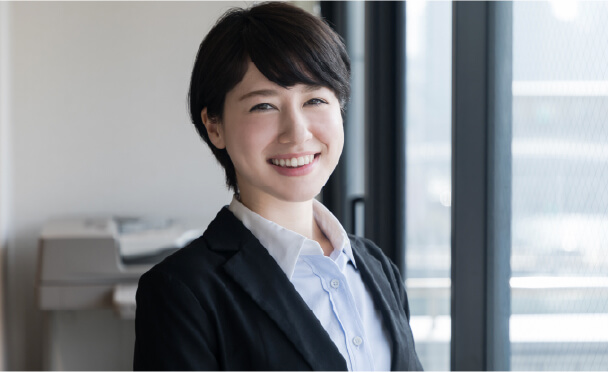Why 1-on-1 learning method achieve great results.
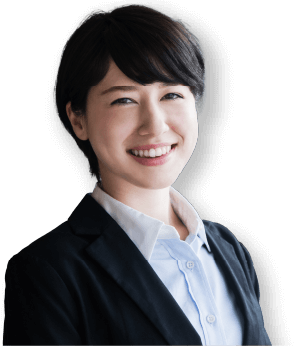
Why does one-on-one complete mastery learning achieve better results though it is completely different from school education?
Why does one-on-one complete mastery learning achieve better results though it is completely different from group classes widely practiced in school education?
We will show you objective data that support the reason why NihongoDO employs one-on-one complete mastery learning.
- Table of Contents
- 1. Is school education cost-oriented?
- 2. What is Bloom‘s 2 sigma problem, which is proposed by U.S. researchers?
- 2-1. Why is one-on-one complete mastery learning better than traditional learning methods?
- 3. The best way to learn is different for each individual
- 3-1. Adult learners have different goals
- 3-2. Japanese language study required for business presentations and traveling is different.
- 3-3. Even with one-on-one instruction, some instructional methods are pointless.
- 4. In the first place, "what was learned" is not important
- 4-1. What is complete mastery learning?
- 4-2. Two key points for successful complete mastery learning
- 5. Two disadvantages of one-on-one complete mastery learning
- 5-1. You need a excellent coach
- 5-2. It's expensive
- 6.At NihongoDO, we have excellent consultants and coaches
- 6-1. At NihongoDO, a free counseling session is available.
Is school education cost-oriented?
Many of us grow up with school education.
And while there are some differences from school to school, for the most part, the basic learning style is the same.
To put it into context...
- They focus on what was learned.
- One instructor lectures to a large group of people.
Focusing on what you have learned means, for example, it is okay if the instructor explains pages 12-20 of a textbook in a lecture, and the student get a certain score on a test in that area.
You might think that because it is the most popular learning style in the world, it is the most successful way to learn, but that's wrong.
Because it focuses on the cost not results.
What is Bloom's 2 sigma problem, which is proposed by U.S. researchers?
So, if we focus on learning outcomes, what is the appropriate learning style?
It is one-to-one complete mastery learning, which is the exact opposite of school education system. It has been scientifically shown to be far more efficient than the standardized group learning methods employed in schools.
This is called Bloom's 2 sigma problem, and it was proposed by an American educational psychologist, Benjamin Bloomin, in 1984.
The findings of Bloom's 2-sigma problem were based on observations of three groups of students. The first group is a classroom lecture-only approach to learning; the second group is a classroom lecture plus a mastery approach in which the student must master the previous task before moving on to the next task; and the third group is a one-on-one instructional approach from a tutor.
The following is the summary.
| Group | Teaching Methods | How to take the course |
|---|---|---|
| 1 | Classroom | Lecture |
| 2 | Classroom | Lecture+ Mastery |
| 3 | One-on-One | Mastery |
The results were startling. The second group with the proficiency approach scored a standard deviation (σ = sigma) better than the first group with classroom lectures only, and the third group with the individualized learning approach scored 2σ better.
In other words, 98% of the third group (one-on-one) scored above the average of the first group.
Why is one-on-one complete mastery learning better than traditional learning methods?
Why does Group 3's one-on-one complete mastery learning beat Group 1's traditional learning method?
We will explain this with an actual example from NihongoDO, a Japanese language coaching school that incorporates one-on-one complete mastery learning.
There are two key points to one-on-one complete mastery learning.
- Focus on what you can do rather than what you have learned.
- One instructor teaches one learner.
The best way to learn is different for each individual.
Think back to lectures at school in the past. Even if the same lecture was given, the level of understanding varied greatly from person to person.
However, in group instruction, it is impossible to match the pace to each student, so there will be students who cannot keep up with the lectures, or conversely, students who cannot learn efficiently because the lectures are slow. There are probably no students who can learn at an optimal pace.
to solve this issue one-on-one instruction is needed.

Adult learners have different goals
We showed an example of school lecutures earlier, but group learning becomes even less efficient when the students are adults.
This is because the goal of a school lecture can be formulated to some extent, such as "getting a good score on a test" or "succeeding in an examination to enter university," but when an adults learn something, their goals are much more diverse.
Different goals naturally require different things to learn to get there.
Japanese language study required for business presentations and traveling is different.
Here is an example of a student at NihongoDO.
While all students at NihongoDO share a common goal of learning Japanese, each student's goal is completely different.
For example...
to deal with business negotiation
to talk with Japanese friends
to work in Japan
to travel in Japan
The goals vary.
In business meetings, it is necessary to know business Japanese and have listening and speaking skills to respond. When traveling, it is important to have the ability to use phrases in daily conversation or at airports and stores.
Also, the phrases and vocabulary you need to learn in business Japanese differ greatly depending on whether you work for an IT company, in the financial industry, or in the pharmaceutical industry.
In order to achieve the goals of such a wide variety of students, we assign a dedicated consultant and native language coaches for each student. By providing one-on-one instruction and support,we are able to optimize Japanese language learning for each individual student.

Even with one-on-one instruction, some instructional methods are pointless.
It is important to note, however, that one-on-one instruction doesn't solve everything.
The key is to provide optimized learning for each individual.
It is difficult to achieve this with group instruction. Also, it is meaningless if you receive uniform instruction in one-on-one instruction.
If you are considering a private school that offers one-on-one tutoring, be sure to check if it offers individualized and optimized learning.
If not, you will end up paying a lot of money for nothing, which should be avoided.
In the first place, "what was learned" is not important
We mentioned that school education emphasizes "what you have learned" in its lectures.
We explained with the example of
- the lecture to teach pages 12-20 of the textbook.
- The learner pass the test with a score of 60 or higher.
- In case they fail with the score less than 60 points, they are good to go if they complete complementary work or make up with other credits.
What the lectures have covered is strictly monitored, but the results of subsequent learning are not.
However, what is really important in learning is not what you have learned, but what you have become able to do.
What is complete mastery learning?
The complete mastery learning method, proven highly effective in Bloom's 2 Sigma Problem, focuses on what you have become able to do.
The program closely measures each student's progress to see how far they have come, and if there are still areas where they need to work more on, they repeat the learning process until they are proficient. When the student has mastered everything, he or she can move on to the next level.
This complete mastery learning ensures that all learners who complete the learning program will have equally acquired the skills targeted by the program.
Not only that, but the fast learners will be able to learn faster and faster, allowing them to reach higher levels of proficiency more quickly.
In school education, where the emphasis is on what was learned, the level of proficiency varies greatly from student to student. Therefore, even if students attend the same lectures at the same school, they will not achieve the same learning results. In addition, many students are dragged down by the uniform pace and are unable to develop their abilities to the fullest.

Two key points for successful complete mastery learning
We will again use NihongoDO as an example of how to achieve complete mastery learning.
At NihongoDO, each student is assigned a dedicated consultant. The consultant conducts a one-on-one interview called a progress check once every two weeks.
- You will be asked to perform shadowing, which you do in your daily listening practice, right in front of the consultant.
- The consultant will give advice based on the proficiency level of shadowing and decide where the student is going to study until the next progress check.
- A speaking test is conducted.
- The consultant will give advice besed on the speaking level and decide where the student is going to study until the next progress check.
- We can also provide consultation on various other things about Japanese language study.
At NihongoDO,a dedicated consultant, a professional in Japanese language learning, conducts a progress check once every two weeks to ensure complete mastery learning.
Two barriers to one-on-one complete mastery learning
While research clearly shows that individually optimized one-on-one complete mastery learning is an excellent way to learn, there are two major disadvantages.
Firstly, it is very difficult to achieve one-on-one complete mastery learning.
You need a excellent coach
The first barrier is the need for excellent personnel.
The traditional learning method at school provides uniform instruction and does not require a high level of competence from the instructor.On the other hand, providing individually optimizedone-on-one complete mastery learningrequires the following three competencies.
- The ability to customize study content to best suit each individual student.
- Ability to correctly identify the learner's level of proficiency.
- Ability to set the appropriate areas of study according to proficiency level.
In addition, with individually optimized one-on-one complete mastery learning, all learning content must be customized. This makes it impossible to create a uniform manual, making it more difficult to develop good instructors.
It's expensive
The second barrier is it is expensive.
For example, one-on-one instruction requires 30 instructors for 30 students, as opposed to group instruction where one person can be responsible for 30 students.
Of course, one instructor can teach 30 students one-on-one in sequence, but the time spent on each student is reduced to 1/30. This would increase costs.
In addition, the lack of easy access to human resources and the large cost have hindered the spread of individually optimized, one-on-one, complete mastery learning.

At NihongoDO, we have excellent consultants and coaches
At NihongoDO, we spend money on human resources to provide individualized and optimized one-on-one complete mastery learning.
Our dedicated consultants who support your Japanese language study have excellent Japanese language skills and high coaching ability.
Student's satisfaction
with the consultant
*As of December 2022
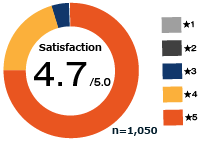
The dedicated native coaches who are in charge of lessons also have high educational standards and teaching ability. They also have solid business experience to teach Japanese in a real-world setting.
Lesson coach satisfaction
※As of December 2022
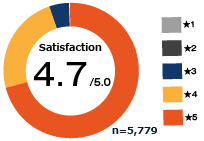
Because we have the best people who understand the individually optimized one-on-one complete mastery learning method, NihongoDO allows you to speak Japanese in a short period of time.
At NihongoDO, a free counseling session is available.
At NihongoDO, a free counseling session is available now. You can learn more about our study program to be able to speak Japanese in a short period of time and how to learn Japanese in a way that suits you. If you are interested in what individually optimized one-on-one complete mastery learning is like, contact us.
Experience Quality Learning.
Appy for Free Counseling.
Experts at NihongoDo will conduct interview regarding the concerns and goals of learning Japanese.
We'll suggest a study method that suits you.
NihongoDO provides Free Counseling with
98% satisfied.
Before considering NihongoDO, why don't you first get Free Counseling from a Japanese language acquisition specialist?
Please refer to the learning methods proposed by Japanese language acquisition experts for future Japanese language learning and Japanese language school selection.
If you really want to learn Japanese, please try NihongoDO's Free Counseling.
A Japanese language acquisition specialist will suggest the best way to achieve your goal.
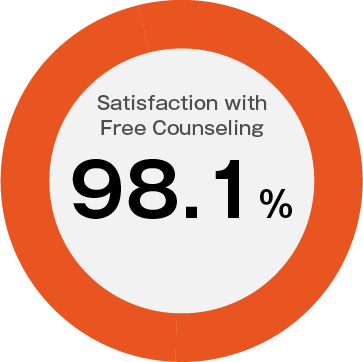
※Results of questionnaire of 52 participants to be conducted in September 2021 Free Counseling
※Results of all schools operated by Trion using the same method as NihongoDO

※Results of questionnaire of 52 participants to be conducted in September 2021 Free Counseling
※Results of all schools operated by Trion using the same method as NihongoDO
-
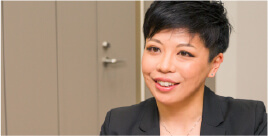
Asking
We will ask you about your concerns about learning Japanese, your goals for learning Japanese, and your current Japanese ability.
-
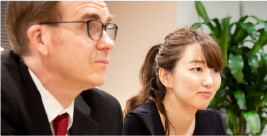
Explains learning methods
Based on the theory of second language acquisition, we will explain the mechanism by which you can speak Japanese.
-
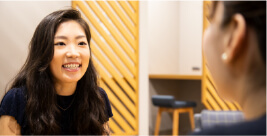
Propose a study plan
We suggest the best study plan to meet your goals, challenges, and current Japanese language skills.
-

Introduction of learning materials
Here are some of the Japanese language materials that NihongoDO mainly uses that suit you.
Flow until the start of the course
Free Counseling from NihongoDO is available online.
You can easily make a reservation in three steps.
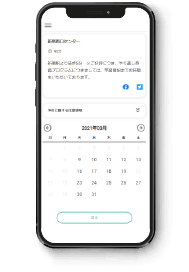
01 Apply for Free Counseling
click here
Please apply for a free Counseling first.
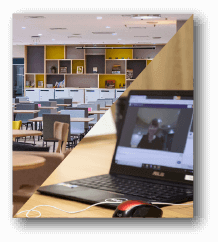
02 Join via link.
Please participate in counseling from the URL sent after booking the free counseling.
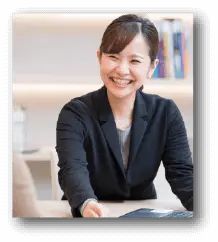
03 Conseling
A Japanese language acquisition specialist will put together the best study plan for you.Based on the plan, please consider whether to study at NihongoDO.


 reference)
reference)